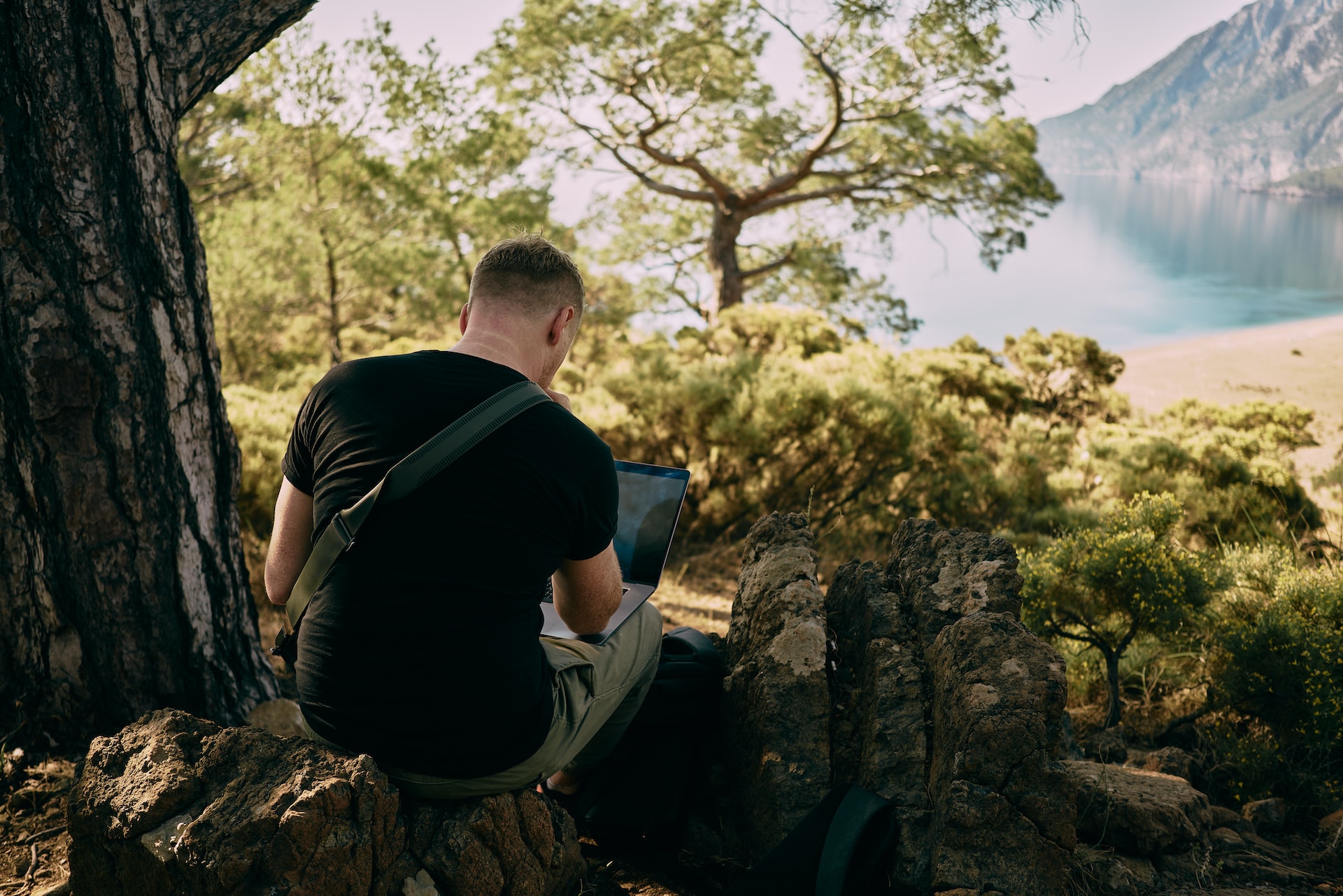Coping with Small Wildlife – Insects & Birds
Occasionally, you may find feathered friends choosing your workspace as their new nesting spot. It is important to discourage this as bird droppings and noise can disrupt your focus. You can deter birds by using shiny objects that create reflections, hanging wind chimes, or using fright kites which mimic predator birds.
Additionally, plants can play a role in naturally repelling insects. Certain species such as Marigold, Lavender, and Lemongrass are known for their effectiveness in driving bugs away. Remember though, before planting it’s good to research the species that thrives in your climate zone and can accommodate your outdoor workspace conditions.
When it comes to natural insect repellents, there are numerous options available derived from plant oils. The application of these natural insect deterrents should be done correctly and regularly since they can evaporate more quickly than synthetic ones. Using them in combination with plants that repel bugs can help create an environment that’s less attractive to insects.
Dealing with Larger Wildlife – Raccoons, Squirrels, etc
Larger wildlife such as raccoons and squirrels can interrupt the peace of your outdoor workspace. Appropriate management of trash and food sources is essential in keeping them at bay. Secure all trashbins and store food in sealed containers to avoid attracting these animals.
There are also wildlife deterrent devices available such as ultrasonic repellants which produce high-frequency sounds that animals find uncomfortable. However, these devices should be used responsibly and in accordance with local wildlife laws.
If by any chance a wild animal approaches you, avoid direct eye contact, back away slowly and try to make yourself seem larger. Make a loud noise to scare it away.
Precautions for Wildlife Attraction Areas
It’s crucial to be extra cautious if you’re working in areas known for attracting wildlife. After all, you are in their home territory. Stay vigilant, keep your workspace tidy and avoid leaving food items unattended. Always respect wildlife and maintain a safe distance.
Try to be aware of potential signs of nests and burrows around your office area. Avoid disturbing these spaces and mark them for your own knowledge to avoid unwanted encounters. Wildlife often protect their homes fiercely and could perceive your presence as a threat.
When and How to Seek Professional Assistance
Occasionally, wildlife may become a disruption or even a threat to your safety. Frequent visits from the same animal, aggressive behavior, or an animal that appears sick may warrant contacting a professional.
If you are bitten or scratched by wildlife, clean the wound immediately and seek medical advice. It’s important to remember some animals may carry diseases that can be harmful to humans.
Reaching out to a professional wildlife control agency or your local animal control can provide a safe solution if an animal is causing persistent issues in your workspace. They have the knowledge and equipment needed to handle wildlife in a humane and legal manner, allowing you to stay focused on your work.

